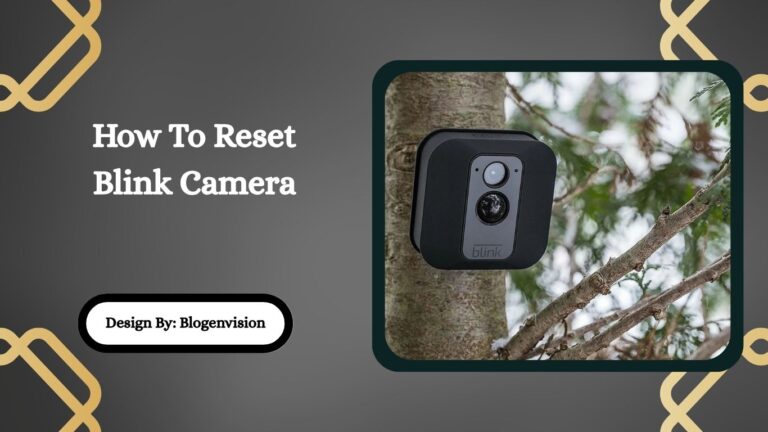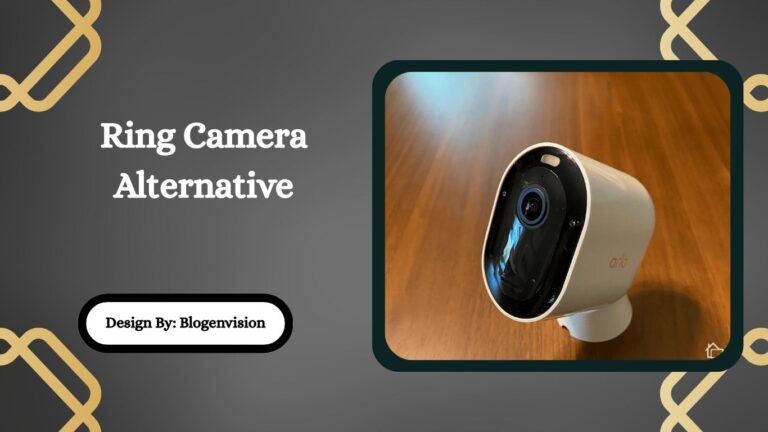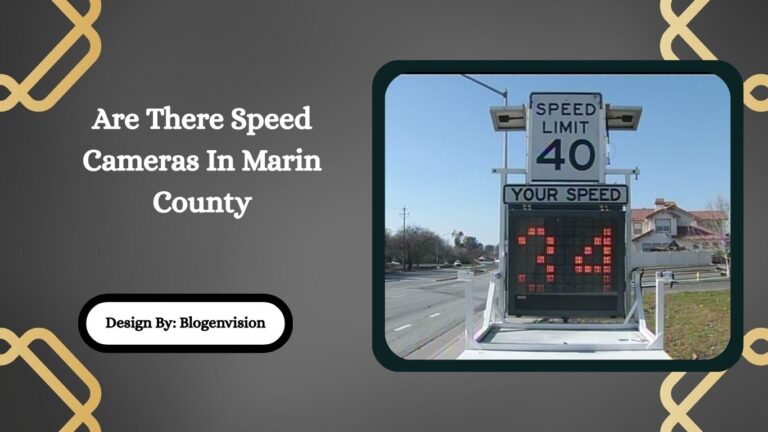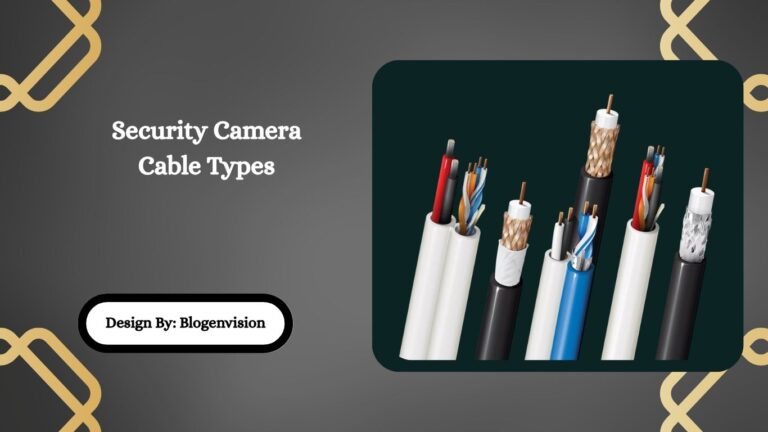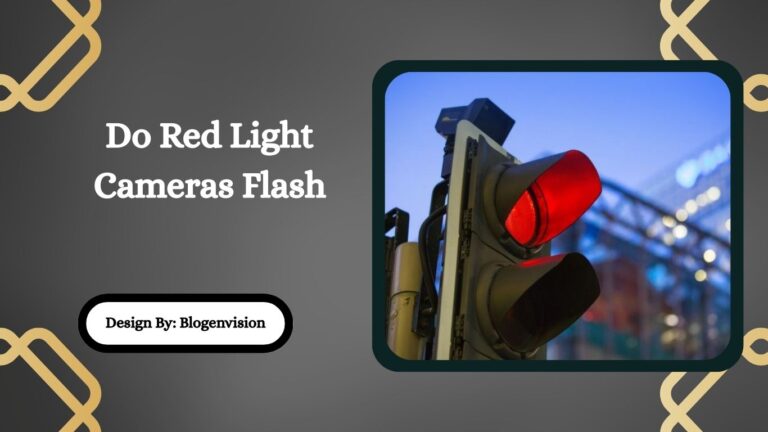Are There Cameras In Central Park – Detailed Guide!
Yes, there are surveillance cameras in Central Park, especially near entrances, popular landmarks, and busy areas. These help ensure safety, deter crime, and support emergency response across the park.
Central Park, a lush 843-acre oasis in the heart of Manhattan, is one of the most iconic parks in the world. With over 42 million visitors annually, the question often arises: Are there cameras in Central Park? The answer is yes—but the details are more nuanced than a simple yes or no.
In this article, we explore the presence, purpose, and implications of surveillance cameras in Central Park, along with public safety measures and privacy concerns.
Why Surveillance in Central Park Matters?
Central Park is a place for recreation, exercise, photography, romance, and solitude. However, given its size, history, and occasional crimes, public safety is a top priority for the New York City Police Department (NYPD), the Central Park Conservancy, and city officials. Surveillance cameras have become one of the tools used to monitor, deter, and investigate illegal activities.
Are There Cameras in Central Park?

Yes, Central Park does have surveillance cameras, though they are not as densely placed as in some other urban areas of New York City. Cameras are installed in strategic locations, particularly:
- Near major entrances and exits
- At popular landmarks and monuments
- Around Bethesda Terrace and Fountain
- In and around the Central Park Zoo
- On light poles near roads and paths
- Close to playgrounds and heavily trafficked areas
However, not every area of the park is monitored, especially deeper wooded areas like The Ramble, where there is more foliage and fewer fixed structures for mounting cameras.
Who Operates These Cameras?
Surveillance in Central Park is managed through a joint effort:
- NYPD: Maintains cameras as part of its broader network of crime prevention tools. These may be connected to the Domain Awareness System (DAS), a massive citywide network of surveillance and data analytics.
- Central Park Conservancy: The nonprofit that manages the park also contributes to safety and infrastructure, including security cameras in certain facilities like the visitor centers.
- City of New York: Municipal resources are used to maintain public safety in the park, including camera installations as part of the broader urban surveillance plan.
Types of Cameras in Central Park
There are several types of cameras found in Central Park:
| Type of Camera | Purpose |
| Fixed Surveillance | Monitoring entrances, exits, and paths |
| PTZ (Pan-Tilt-Zoom) | Tracking moving subjects or wide areas |
| Infrared/Night Vision | Low-light and nighttime surveillance |
| Traffic Cameras | Monitoring park roads for vehicle use |
| Private Cameras | From nearby buildings or vendors |
Some of these cameras are visible to the public, often mounted on poles or buildings. Others are more discreet or integrated into the city’s smart infrastructure.
Surveillance and Public Safety
The NYPD and city officials argue that cameras serve several important roles:
- Crime Deterrence: Cameras reduce the likelihood of crimes like assault, robbery, or vandalism by increasing the chance of getting caught.
- Evidence Collection: When a crime occurs, footage can be reviewed to identify suspects, clarify timelines, or provide evidence in court.
- Emergency Response: Real-time feeds can help NYPD units or emergency medical responders locate incidents faster in such a large and complex park.
- Event Monitoring: During marathons, concerts, or public demonstrations, cameras help authorities manage crowds and logistics.
Are You Being Watched Everywhere?
No. Despite the presence of cameras, many parts of Central Park are not under constant video surveillance. The park’s size and tree coverage make it difficult and expensive to cover every inch with cameras.
This means that while popular areas are likely monitored, remote locations, such as wooded trails or the North Woods, may have little to no camera presence.
Recent Developments and Smart Surveillance
The use of smart surveillance systems in New York has been on the rise. As part of its urban technology initiatives, New York City has invested in AI-enhanced monitoring, facial recognition (though controversial), and sensor-based security.
Although there is no public record stating Central Park has facial recognition cameras specifically, the Domain Awareness System does integrate footage from numerous locations, and it is possible that Central Park cameras feed into this system.
Legal and Privacy Considerations
New York City is required to comply with privacy laws and guidelines regarding public surveillance. This includes:
- Avoiding camera placements in restrooms or secluded private areas
- Limiting camera use to public safety, not personal monitoring
- Not using footage for non-criminal investigations without cause
However, the lack of clear signage in some areas has led to debates over transparency. The city is not required to post a sign for every camera, but there is growing public interest in knowing where cameras are located.
Do Cameras Actually Reduce Crime in Central Park?

According to NYPD data and independent crime reports, Central Park is statistically one of the safest parts of Manhattan. Violent crime rates in the park are significantly lower than the city average. Surveillance cameras have likely contributed to this trend, alongside increased patrols, emergency call boxes, and public vigilance.
That said, correlation does not always equal causation. Cameras are one of many tools that help ensure safety, but public awareness, lighting improvements, and community presence are also important factors.
Tips for Staying Safe in Central Park
Even with cameras, it’s wise to follow basic safety precautions:
- Stay on main paths, especially after dark.
- Visit with a friend or group whenever possible.
- Avoid poorly lit or isolated areas at night.
- Keep your phone charged in case of emergencies.
- Report suspicious behavior using park security phones or calling 911.
Public Opinion on Cameras in Central Park
Reactions to surveillance in Central Park are mixed:
- Supporters feel cameras add a layer of security and deter bad actors.
- Critics worry about privacy violations and government overreach.
- Some parkgoers prefer the balance between open space and safety—accepting limited surveillance in high-traffic areas while preserving the park’s natural feel elsewhere.
FAQs:
1. Are there security cameras in the wooded areas of Central Park?
Most wooded areas like The Ramble are not heavily monitored by cameras due to coverage challenges, making them more secluded. Always exercise caution when visiting these spots, especially during off-peak hours.
2. Who monitors the surveillance footage in Central Park?
Footage from Central Park cameras is typically monitored by the NYPD and may be integrated into the Domain Awareness System. The Central Park Conservancy also plays a role in maintaining some of the camera infrastructure.
3. Can I request surveillance footage from Central Park?
Yes, you can file a Freedom of Information Law (FOIL) request with the NYPD to access footage, but approval depends on privacy concerns and whether the footage is part of an ongoing investigation.
4. Are there facial recognition cameras in Central Park?
There is no public confirmation of facial recognition cameras in Central Park. However, some citywide systems may include such technology in other areas, sparking debates about privacy and civil liberties.
5. Are private businesses allowed to install cameras in Central Park?
No, private businesses cannot install cameras within the park itself. However, buildings and vendors near the perimeter may use surveillance that partially captures park activity from the outside.
Conclusion:
Central Park is a symbol of freedom, nature, and recreation in the middle of a bustling city. While there are cameras placed throughout to ensure public safety, they are primarily located in high-traffic zones and entry points. The park maintains a careful balance between safety and privacy, offering visitors a secure yet open environment. As surveillance technology advances, transparency and responsible use will remain key to preserving the park’s welcoming atmosphere for generations to come.


